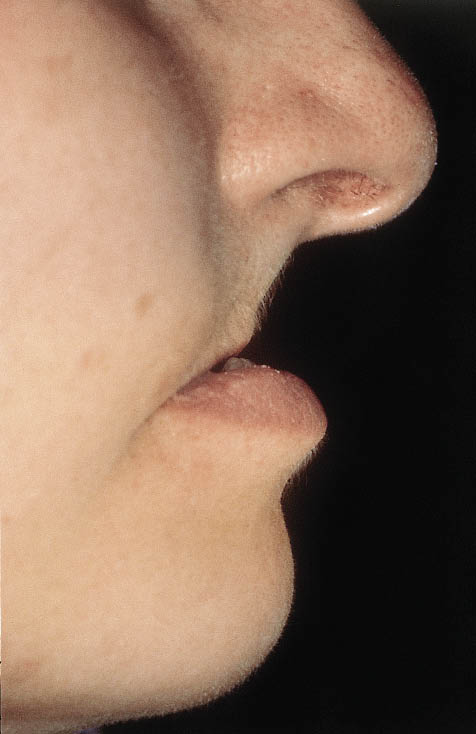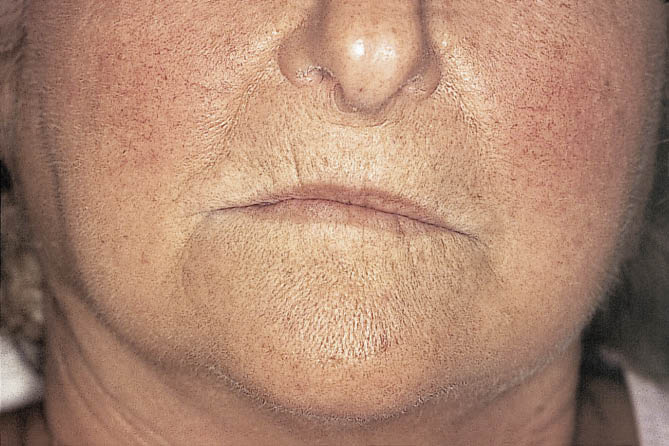Chapter 3
Patient Assessment
Patients undergoing implant dentistry should be sufficiently healthy to be able to withstand oral surgical procedures. The healing potential of patients should be such that adequate soft and hard tissue healing may progress to enable osseointegration to take place. Furthermore, systemic factors should allow the continuing health of the implant. Bone metabolism should be such that a positive response to functional loading takes place by an increase in bone density around the implant. The soft tissue response should be judged to be such that adequate permucosal health can be maintained. Adequate preoperative assessment must be carried out for all patients. The outcome of such an examination should give the clinician an indication of the possible clinical response to the treatments available. The assessment of biotypes in conjunction with all the above factors will also be an indicator to the outcome. The following requirements should be considered before prescribing implants.
General Health
Dental implant therapy constitutes elective treatment, and consequently the patient must not be put at risk. Assessment of general health must be carried out carefully.25–27 A detailed medical history questionnaire should be filled out by patients, followed by verbal personal verification.
The American Society of Anaesthesiologists (ASA) classifies patients in terms of the risk imposed by their medical condition (Table 3-1). It may be interpreted as follows, and these guidelines are recommended:
- • ASA 1: no systemic disease – patients may be treated taking appropriate care that is consistent with the surgical procedure
- • ASA 2: mild systemic disease – patients may be treated in consultation with the patient’s general or specialist medical practitioner
- • ASA 3–4: Moderate or severe systemic disease – elective treatment is generally not recommended for patients assessed as posing a moderate or severe anaesthetic risk.
Table 3-1 American Society of Anaesthesiologists: classification
|
ASA 1 |
Healthy with no systemic disease |
|
ASA 2 |
Mild systemic disease responding to treatment |
|
ASA 3 |
Moderate systemic disease partially corrected by treatment |
|
ASA 4 |
Severe systemic disorder threatening the survival of the patient |
|
ASA 5 |
Moribund |
Where appropriate, further medical examinations should be carried out. These may be undertaken either by the dental surgeon or by through referral to a physician.
Intraoral/Extraoral Examination
A standard format should be followed during the clinical examination of patients to ensure that no aspect is overlooked.
Skeletal Pattern
The skeletal pattern should be observed and recorded according to Angle’s classification. A normal intermaxillary relationship is categorised as Class I, a prominent maxilla as Class II and a prominent mandible as Class III.
Facial Profile
For edentulous patients and those who have multiple missing teeth the facial profile should be observed with and without the prostheses in place. This provides an indication of the amount of atrophy that has taken place. The naso-labial angle, the fullness of the lips and the prominence of the mandible are indications of the loss of support for the circumoral musculocutaneous and mucosal tissues (Fig 3-1).28 Facial symmetries and proportions must also be observed, using specific landmarks (e.g. the pupils) as reference points (Fig 3-2). Where appropriate, this can be recorded graphically on the consultation form (Fig 3-3).

Fig 3-1 Lateral view of a patient who has undergone severe maxillary atrophy following tooth loss with total loss of support for the upper lip.

Fig 3-2 Frontal view of the lower part of the face showing an asymmetry of the lips and the mandible. The angle of the mandible can be seen to have an asymmetry, with the right angle being more prominent and more superiorly placed.



